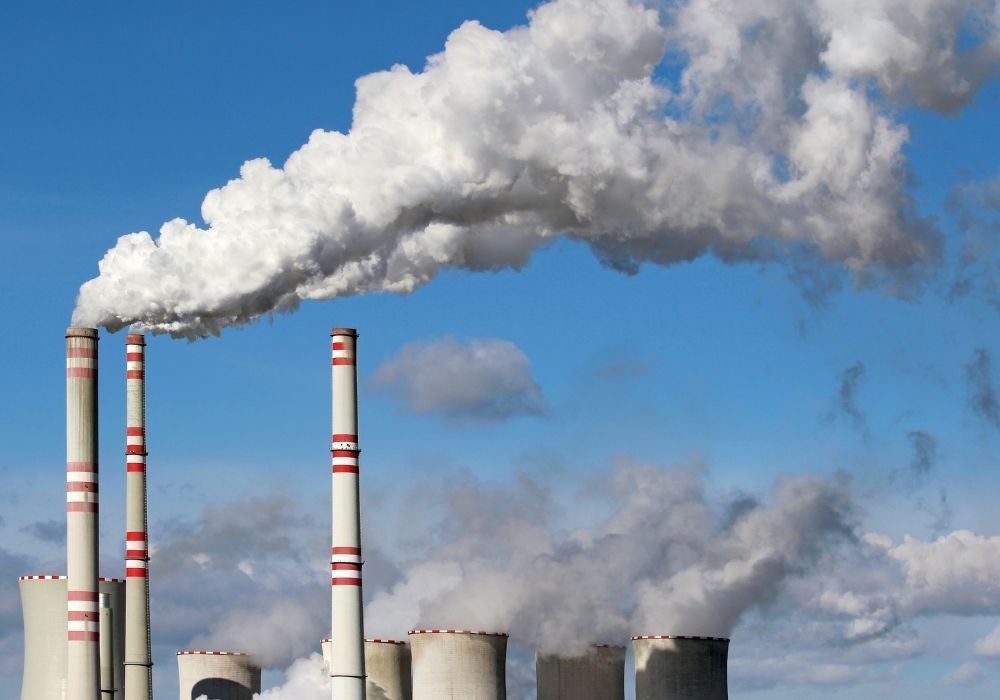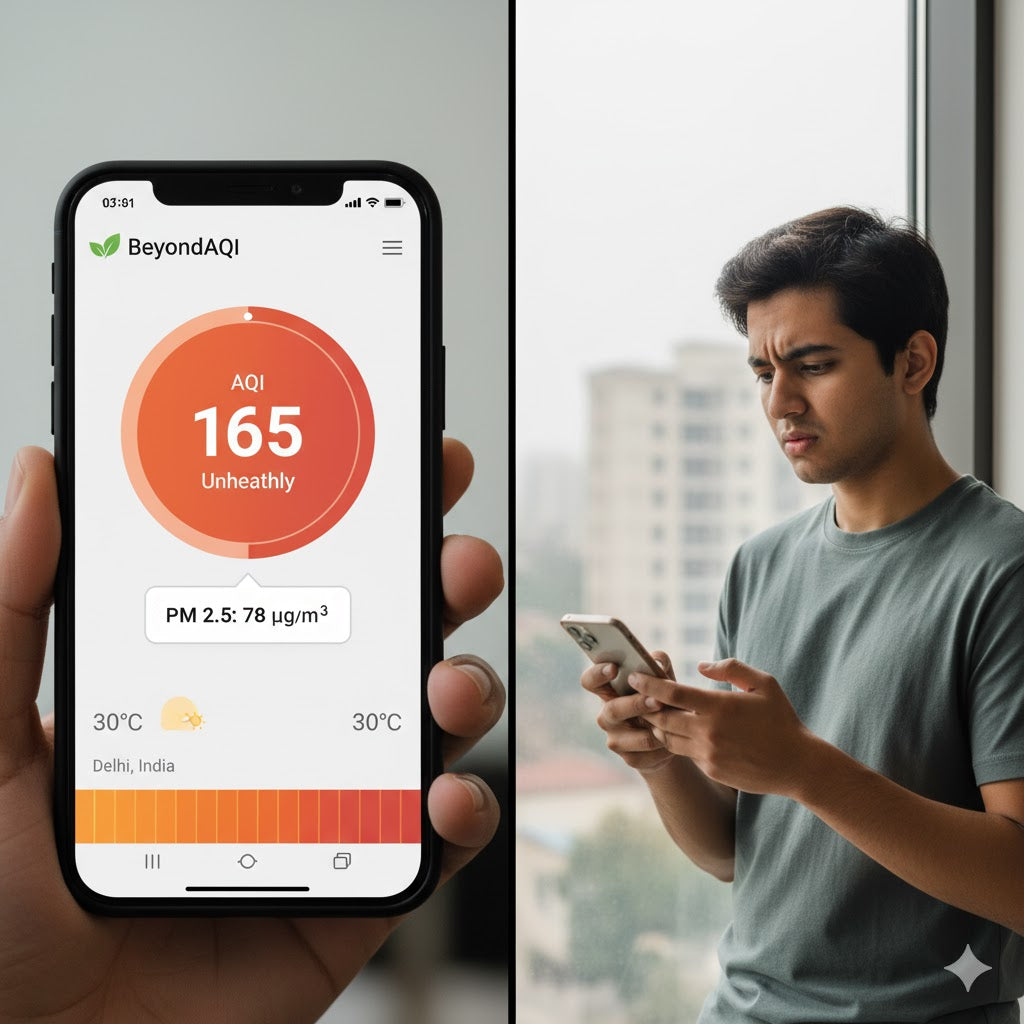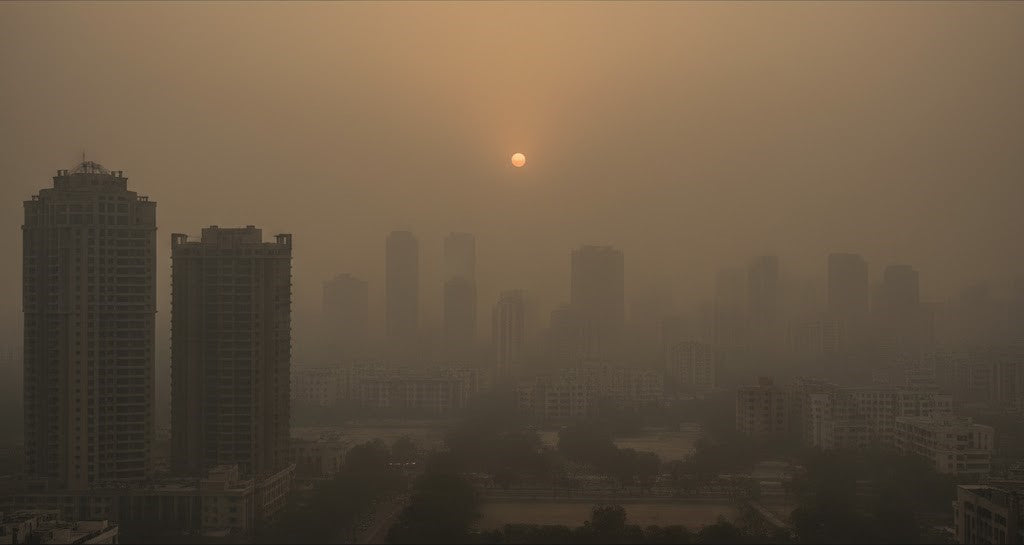We breathe nearly 22,000 litres of air every day, but how often do we consider what's in it? From smoggy skies to indoor irritants, air pollution is more than just a haze-it’s a cocktail of harmful particles and gases that directly impact our health. Understanding the major air pollutants, their sources, and effects is the first step in protecting ourselves and advocating for cleaner air.
What Is Air Pollution?
Air pollution refers to the presence of harmful substances in the atmosphere that pose health risks and environmental damage. These pollutants can be natural (like dust storms) or human-made (like vehicle emissions). Air pollutants are broadly categorized into particulate matter and gaseous pollutants.
Major Air Pollutants, Their Sources, and Health Effects
1. Particulate Matter (PM2.5 and PM10)
-
Sources: Vehicle exhaust, industrial emissions, construction dust, crop burning
-
Health Effects: Penetrates lungs and bloodstream; causes asthma, heart disease, and lung cancer
2. Nitrogen Dioxide (NO2)
-
Sources: Fossil fuel combustion from cars, power plants, and factories
-
Health Effects: Inflammation of airways, reduced lung function, respiratory infections
3. Sulfur Dioxide (SO2)
-
Sources: Burning coal or oil in power plants and industries
-
Health Effects: Breathing problems, eye irritation, worsens conditions like asthma and bronchitis
4. Carbon Monoxide (CO)
-
Sources: Incomplete combustion of fossil fuels, car exhaust, indoor heating appliances
-
Health Effects: Reduces oxygen delivery in the body, causes fatigue, dizziness, and can be fatal in high concentrations
5. Ozone (O3) (Ground-level)
-
Sources: Reaction of sunlight with pollutants like VOCs and NOx
-
Health Effects: Chest pain, throat irritation, worsens bronchitis and emphysema
6. Volatile Organic Compounds (VOCs)
-
Sources: Paints, cleaning agents, air fresheners, vehicle exhaust
-
Health Effects: Headaches, liver/kidney damage, possible carcinogenic effects
7. Ammonia (NH3)
-
Sources: Agricultural activities, fertilizers, livestock waste
-
Health Effects: Eye and skin irritation, respiratory distress
8. Lead
-
Sources: Batteries, smelting, outdated fuels
-
Health Effects: Developmental issues in children, kidney and nervous system damage
Air Pollution in India: A Snapshot
-
India has 14 of the world’s 20 most polluted cities according to the IQAir 2023 Report
-
Over 1.6 million deaths in India were linked to air pollution in 2019 (The Lancet)
-
In Delhi, PM2.5 levels frequently exceed 300 µg/m³, well above the WHO safe limit of 5 µg/m³
Who Is Most at Risk?
-
Children & Elderly: Weaker immune systems, higher vulnerability
-
People with Preexisting Conditions: Asthma, COPD, cardiovascular disease
-
Urban Dwellers: High exposure to vehicle and industrial emissions
-
Outdoor Workers: Construction workers, traffic police, delivery agents
How to Minimize Exposure to Air Pollutants
-
Check AQI levels daily and limit outdoor activity on poor air quality days
-
Use air purifiers indoors
-
Wear N95 masks in high-pollution zones
-
Wear a portable air purifier whenever stepping out.
-
Keep indoor spaces well-ventilated
-
Avoid burning candles, incense, or smoking indoors
Clearer Skies, Healthier Lives
Air pollution is a silent but serious threat. By understanding what pollutants are in the air and where they come from, we can make smarter choices for our health and push for cleaner, more sustainable policies.
Protect yourself from pollution while commuting! Buy atovio Pebble today!






Share:
Why Your ‘Natural’ Agarbatti & Mosquito Coils Are Harming You
The Hidden Truth: How Scented Candles Affect Your Indoor Air Quality